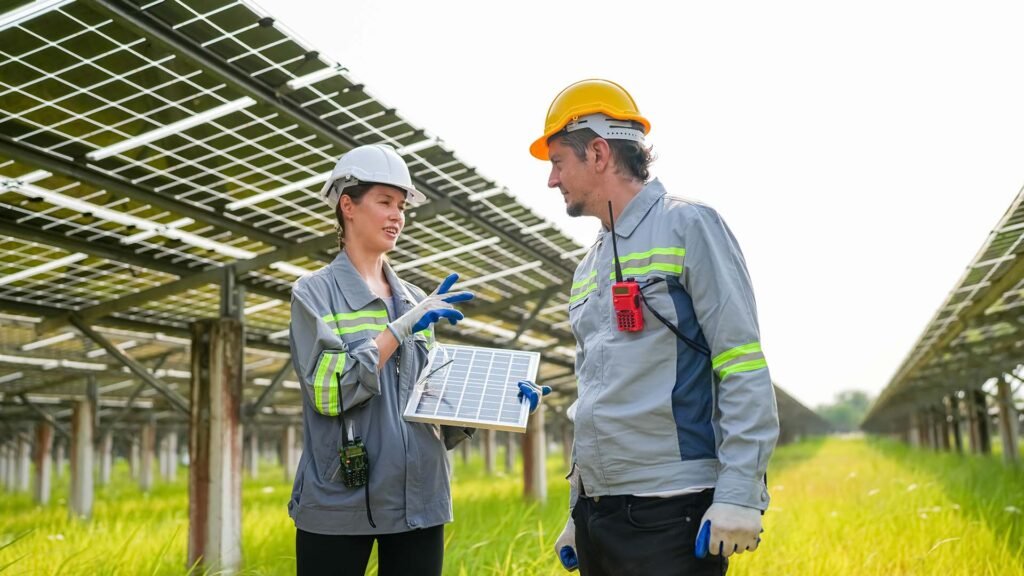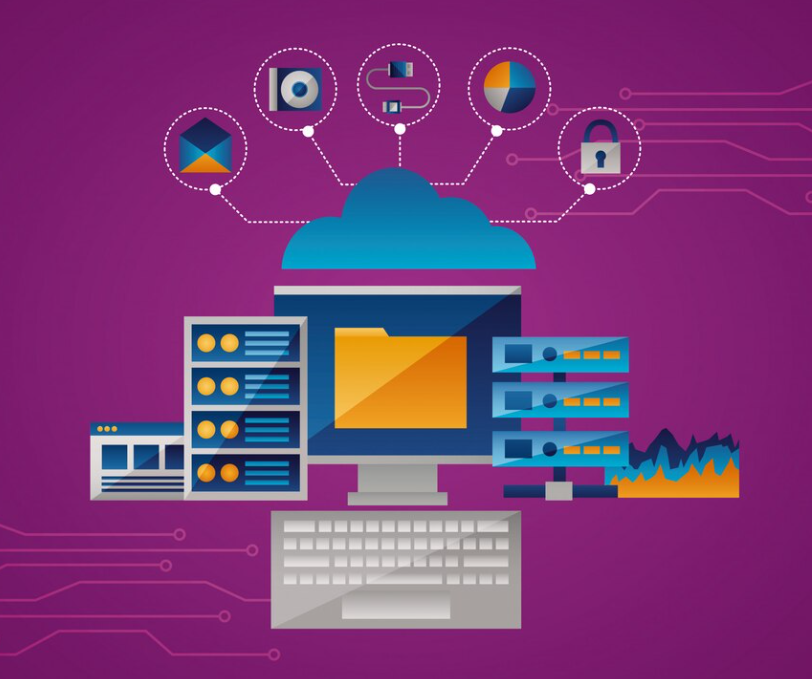As global awareness of environmental issues grows, sustainable technology has emerged as a pivotal force in addressing climate change, resource depletion, and ecological degradation. From renewable energy systems to biodegradable materials, advancements in this field are reshaping industries and paving the way for a more sustainable future. But what exactly is sustainable technology, and how is it driving innovation?
What is Sustainable Technology?
Sustainable technology refers to innovations designed to meet present needs without compromising the ability of future generations to meet theirs. These technologies aim to minimize environmental impact, enhance resource efficiency, and promote social and economic well-being.
Key principles of sustainable technology include:
- Resource Efficiency: Maximizing the utility of materials and energy.
- Renewability: Utilizing resources that regenerate naturally, such as solar and wind energy.
- Circularity: Designing products and systems for reuse, recycling, or composting.
- Low Environmental Impact: Reducing emissions, pollution, and ecological harm.
Examples of Sustainable Technology
Sustainable technologies span various sectors, including energy, agriculture, construction, and transportation. Some notable examples include:
- Renewable Energy Systems: Solar panels, wind turbines, and geothermal plants.
- Green Building Materials: Bamboo, recycled steel, and low-carbon concrete.
- Electric Vehicles (EVs): Powered by renewable energy, EVs reduce reliance on fossil fuels.
- Water Purification Technologies: Systems that desalinate seawater or treat wastewater efficiently.
- Smart Agriculture: IoT-enabled devices that optimize irrigation and reduce fertilizer use.
Benefits of Sustainable Technology
The adoption of sustainable technology offers multifaceted benefits, including:
- Environmental Protection: Reducing carbon footprints and conserving biodiversity.
- Economic Growth: Driving innovation, creating green jobs, and opening new markets.
- Improved Quality of Life: Promoting health, well-being, and access to essential resources.
- Energy Security: Reducing dependence on finite fossil fuels and enhancing resilience.
Challenges in Implementing Sustainable Technology
Despite its potential, scaling sustainable technology involves overcoming several challenges:
- High Initial Costs: Developing and deploying sustainable solutions often requires significant investment.
- Technological Gaps: Many sustainable technologies are still in nascent stages, requiring further research and development.
- Policy and Regulation: Inconsistent or inadequate governmental support can hinder progress.
- Consumer Adoption: Changing behaviors and perceptions to embrace sustainable options can take time.
- Infrastructure Requirements: Transitioning to sustainable systems may require overhauling existing infrastructure.
Innovations Driving Sustainability
Recent advancements are accelerating the adoption of sustainable technology across various domains:
- Energy Storage: High-capacity batteries and hydrogen storage solutions mitigate renewable energy intermittency.
- Circular Economy Solutions: Technologies like chemical recycling and upcycling give waste materials new life.
- Carbon Capture and Storage (CCS): Systems that capture CO2 emissions from industrial processes and store them underground.
- Smart Cities: IoT-enabled urban environments optimize resource use and reduce emissions.
- Biotechnology: Lab-grown meat and bio-based plastics offer eco-friendly alternatives to traditional products.
Sustainable Technology and the Circular Economy
The circular economy is intrinsically linked to sustainable technology. By designing systems that prioritize reuse and recycling, the circular economy reduces waste and conserves resources. Examples include:
- Product-as-a-Service Models: Leasing products instead of selling them to encourage longevity and recycling.
- Reverse Logistics: Systems that facilitate the collection and processing of used goods.
- Modular Design: Creating products that can be easily repaired, upgraded, or disassembled.
The Role of Sustainable Technology in Global Goals
Sustainable technology is instrumental in achieving the United Nations Sustainable Development Goals (SDGs). For instance:
- SDG 6: Ensuring clean water through advanced filtration and conservation technologies.
- SDG 7: Promoting affordable and clean energy through renewables.
- SDG 11: Developing sustainable cities with smart technologies.
- SDG 13: Combatting climate change through low-carbon innovations.
How TechImpact.TV Showcases Sustainable Technology
At TechImpact.TV, we’re committed to exploring the intersection of technology and sustainability. Our platform delves into groundbreaking projects, interviews with thought leaders, and analyses of trends shaping the future. From renewable energy breakthroughs to sustainable urban design, we provide comprehensive coverage to inspire change.
Conclusion
Sustainable technology represents a powerful tool in addressing some of the world’s most pressing challenges. By fostering innovation and collaboration, we can build a future where economic growth and environmental stewardship go hand in hand.
Stay tuned to TechImpact.TV for the latest insights into sustainable technology and its transformative potential. Together, we can drive meaningful change toward a greener, more sustainable world.












